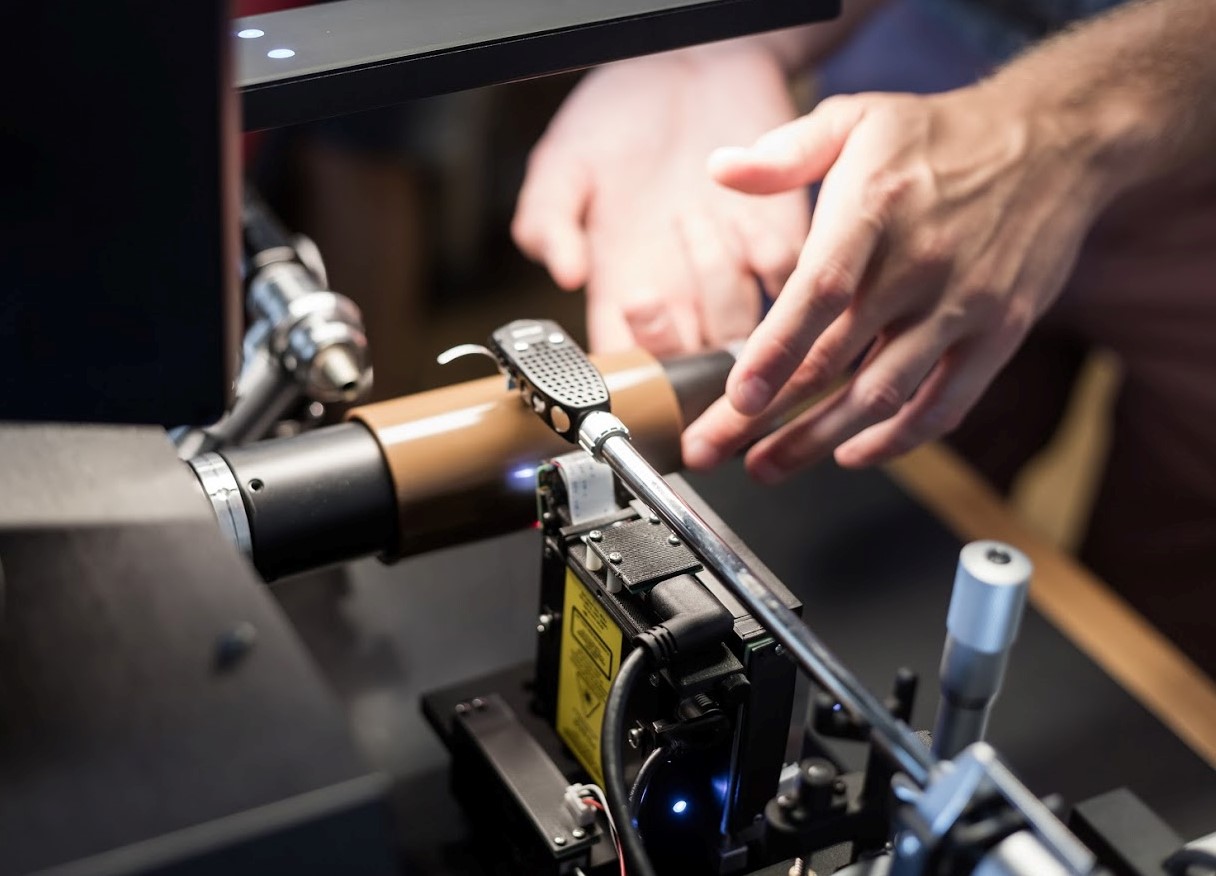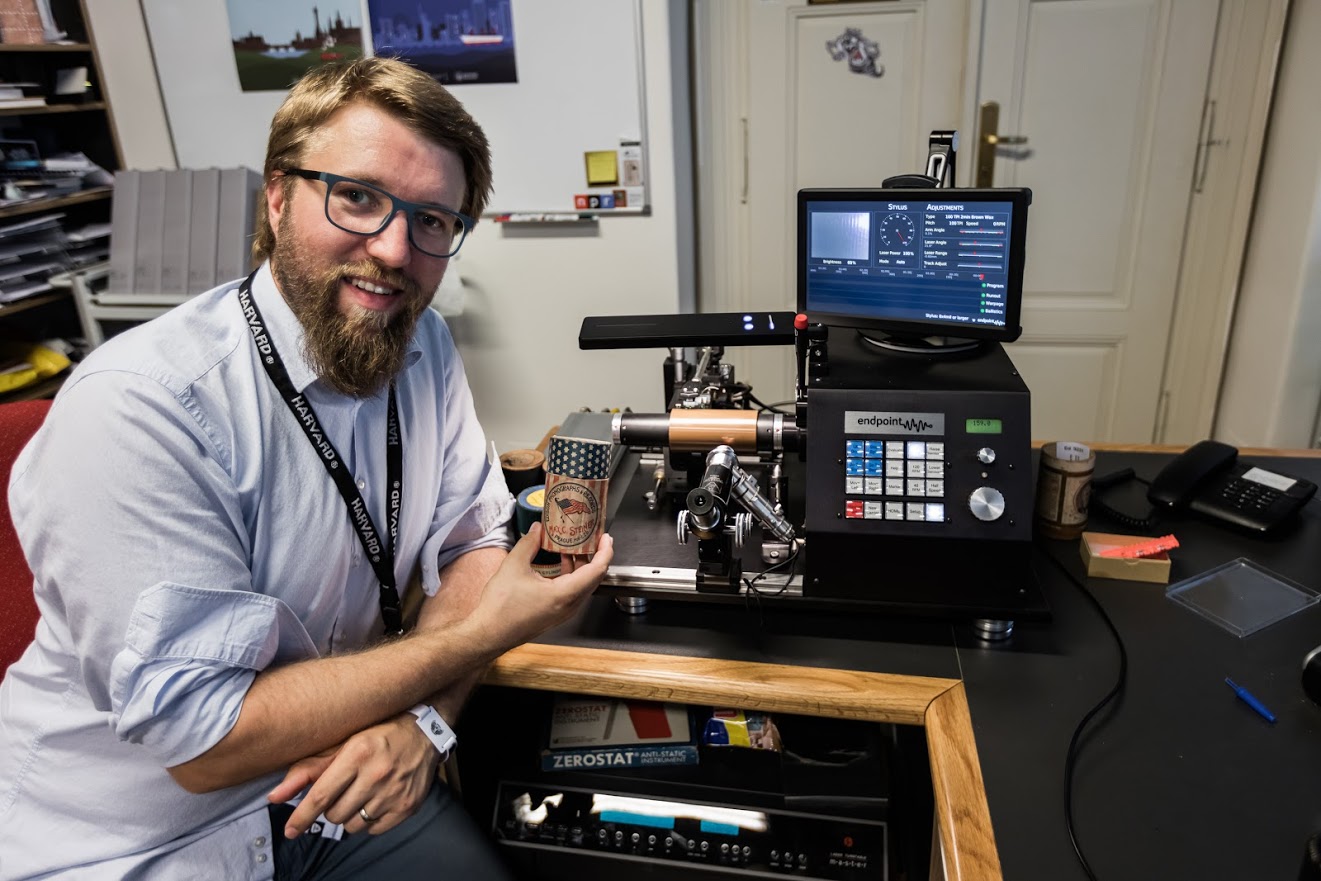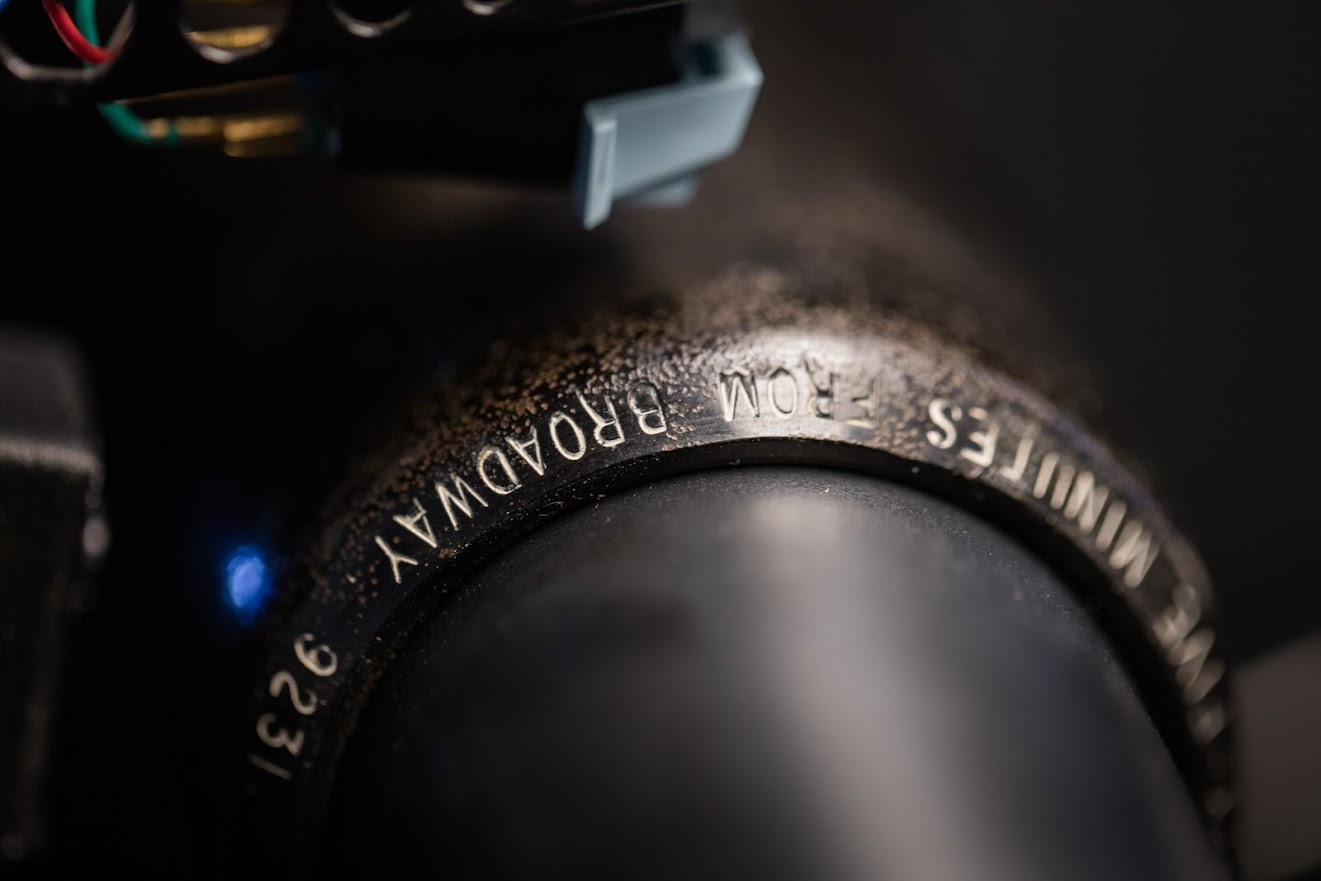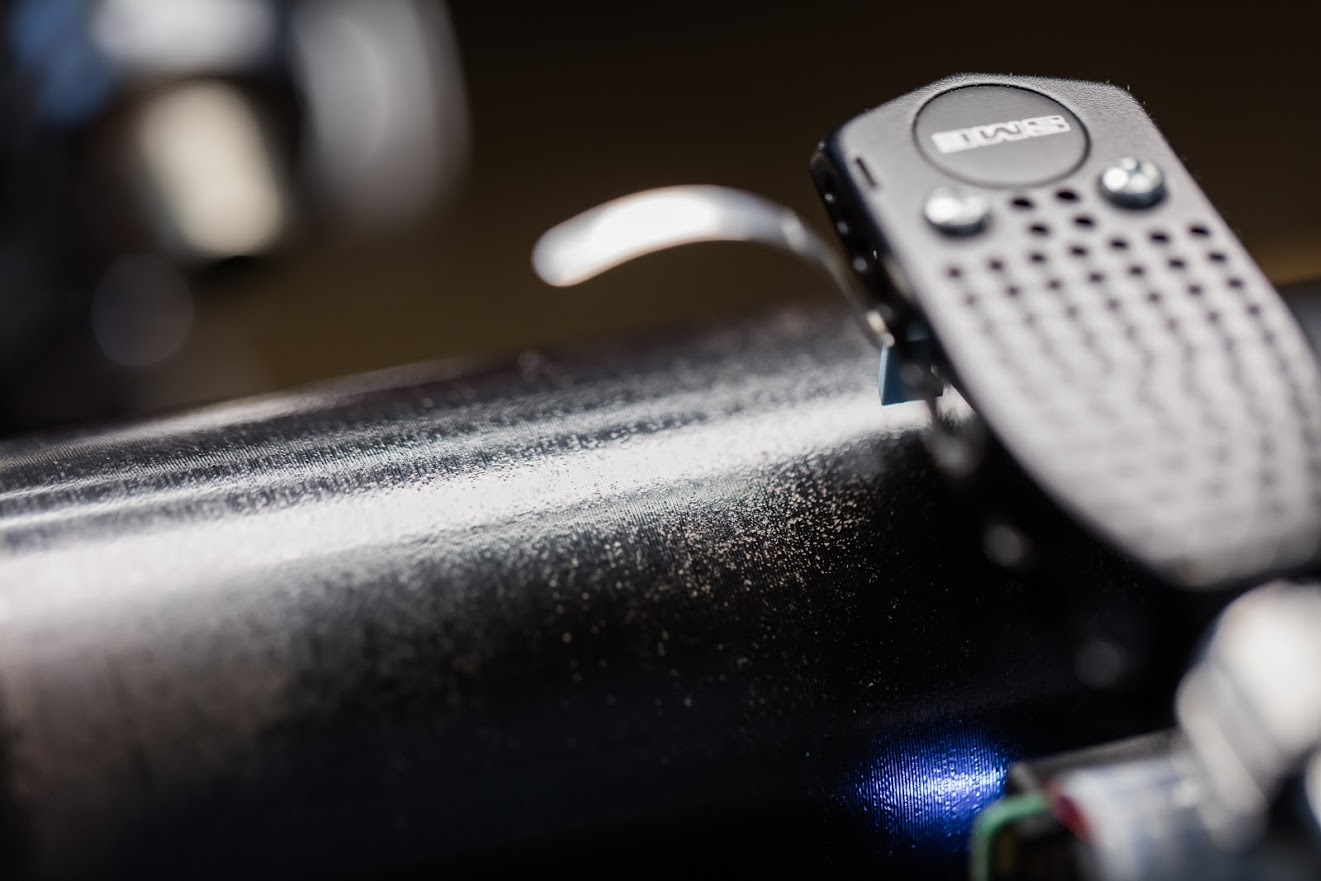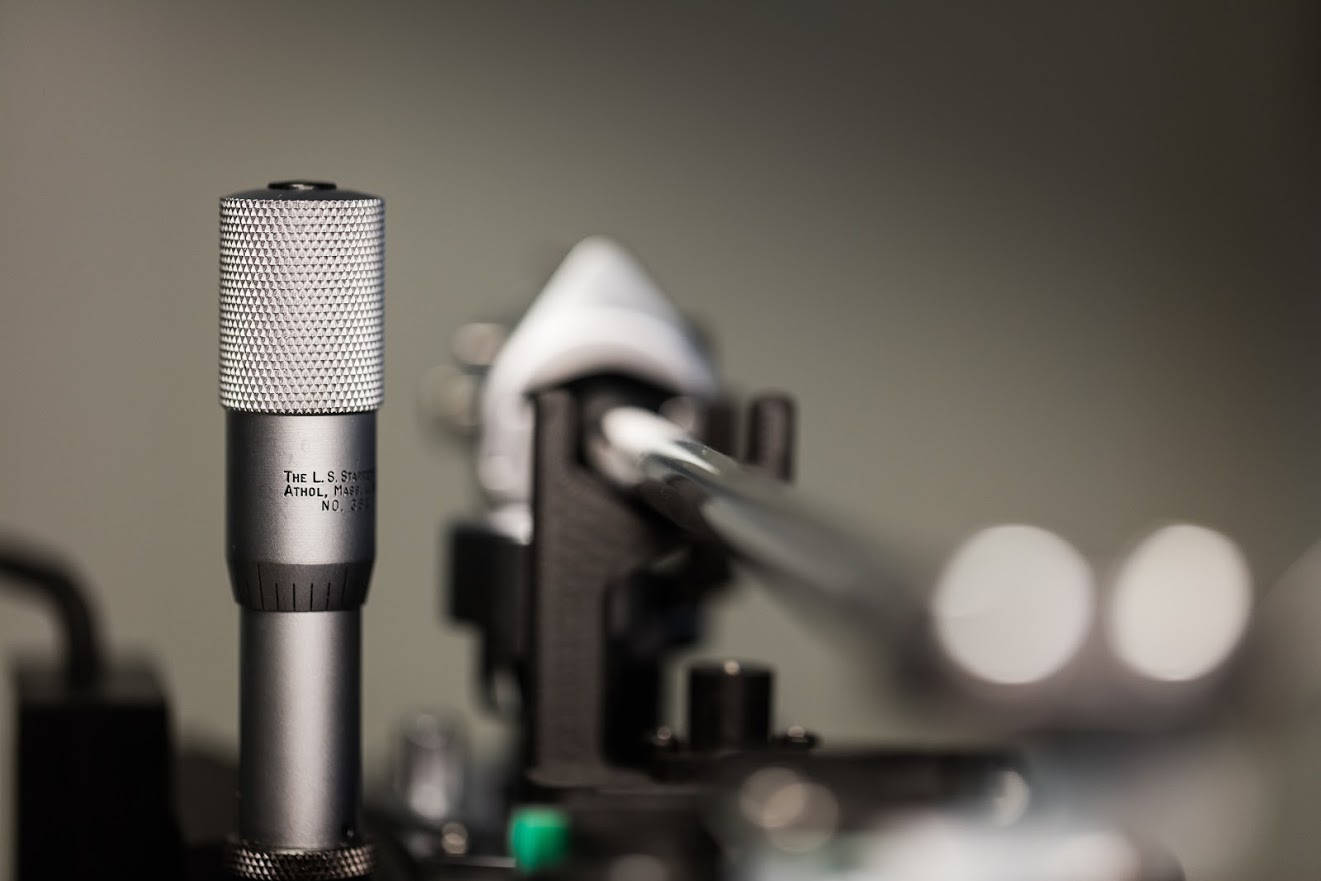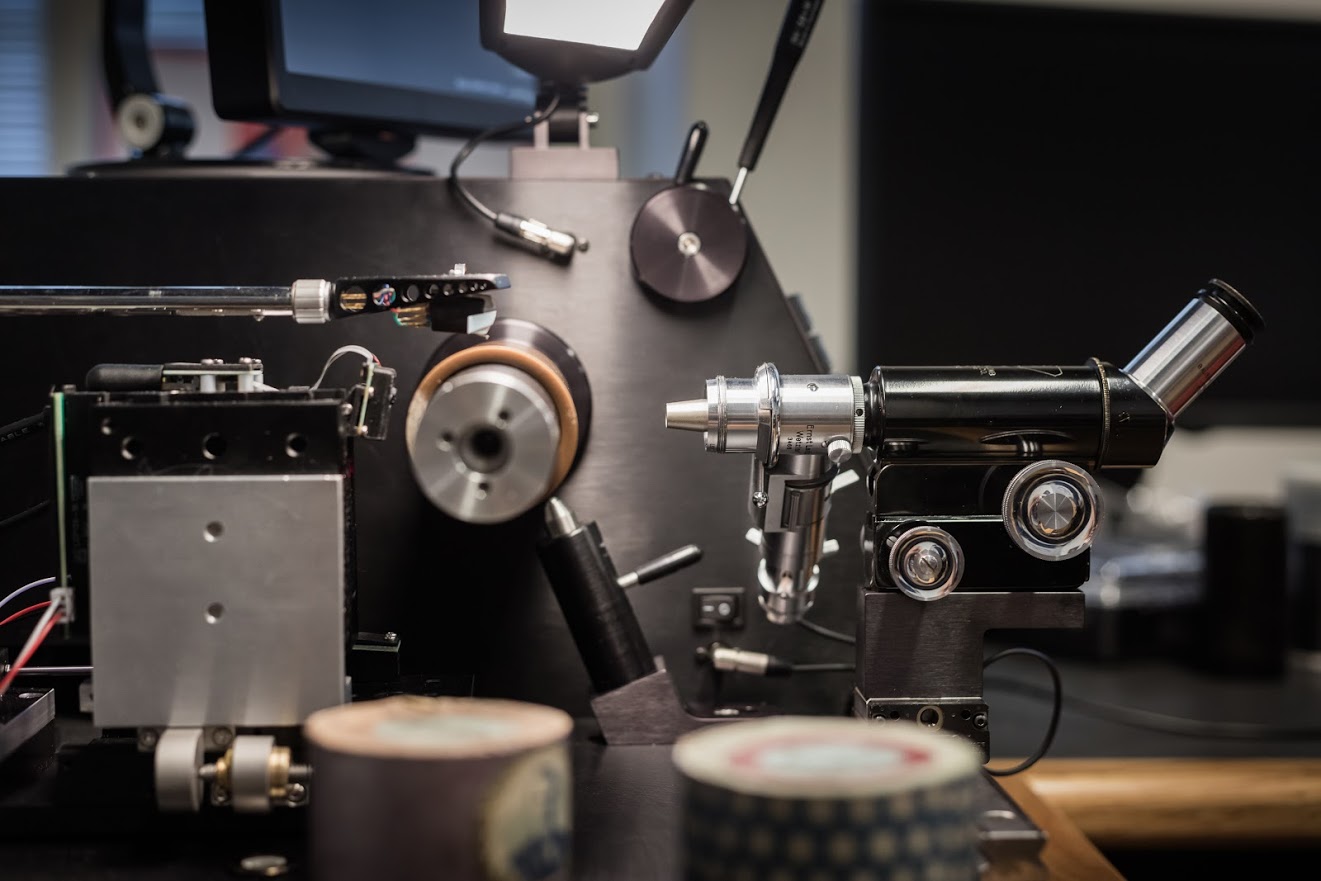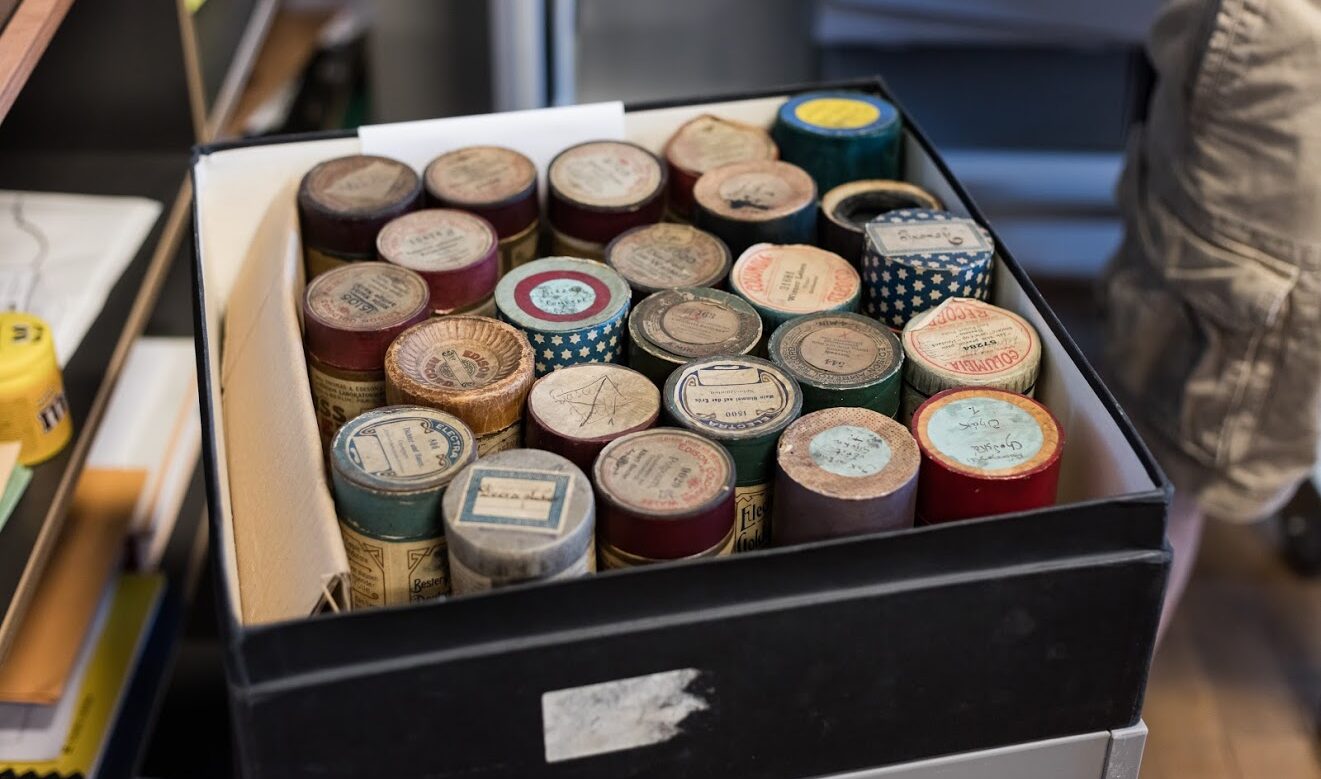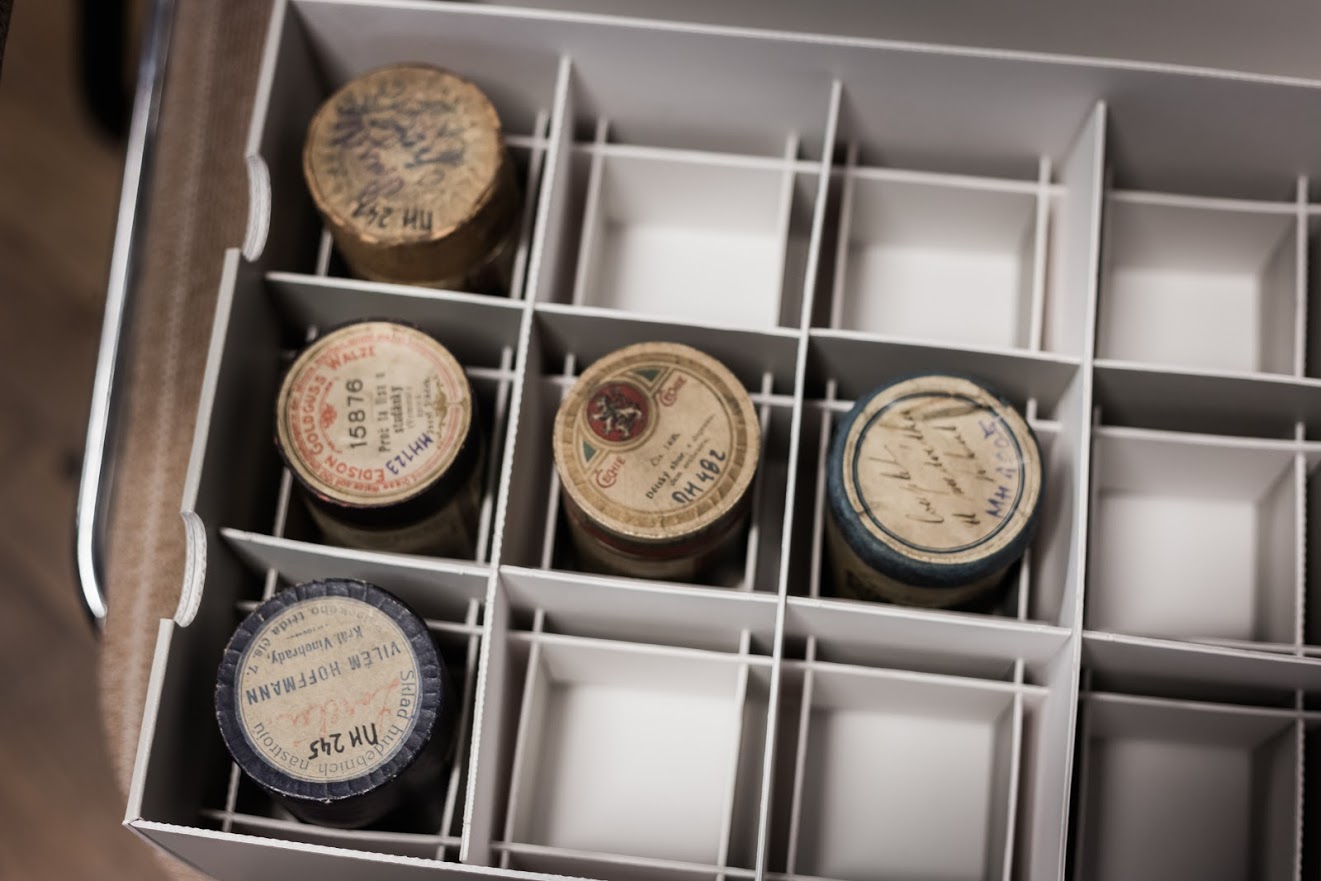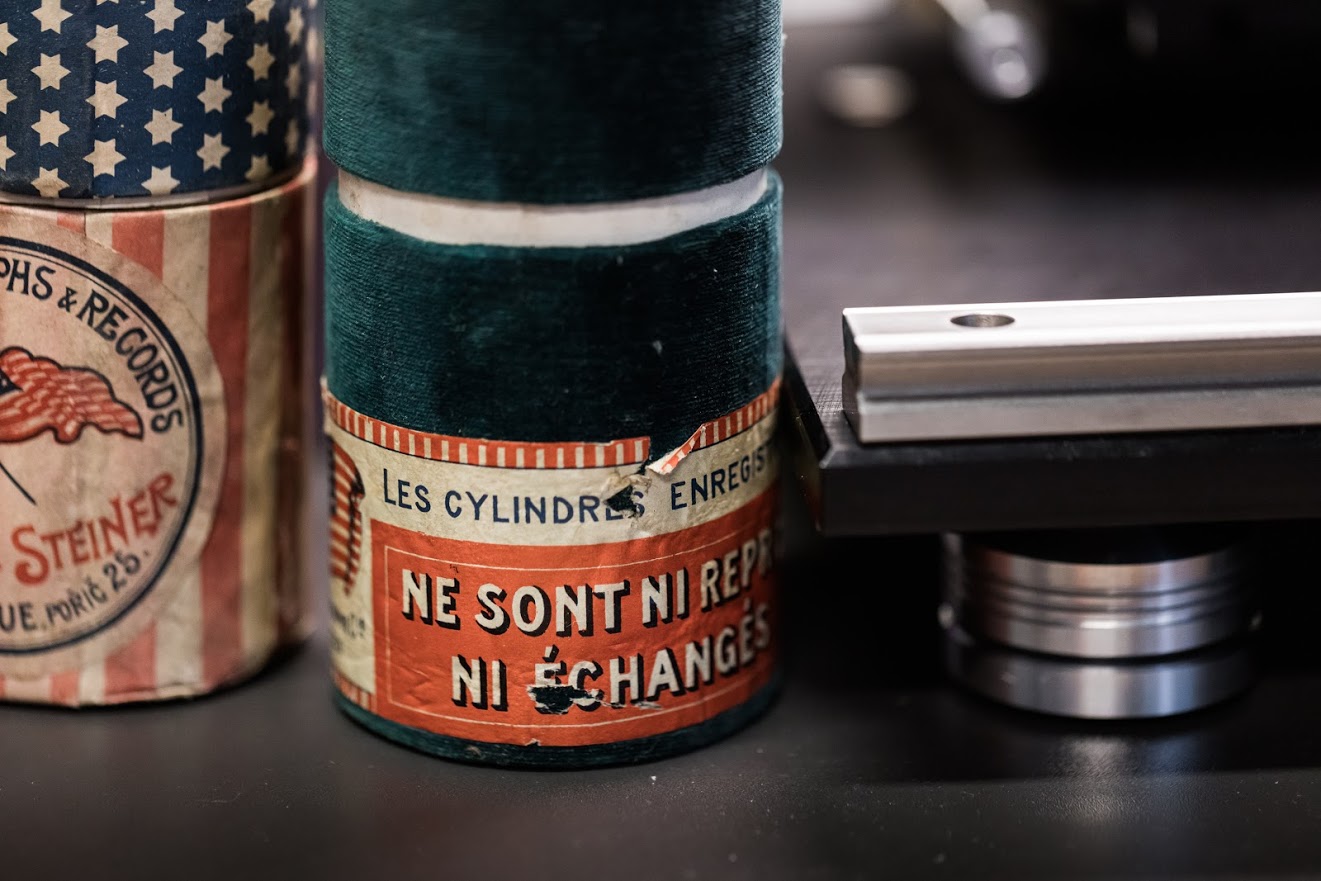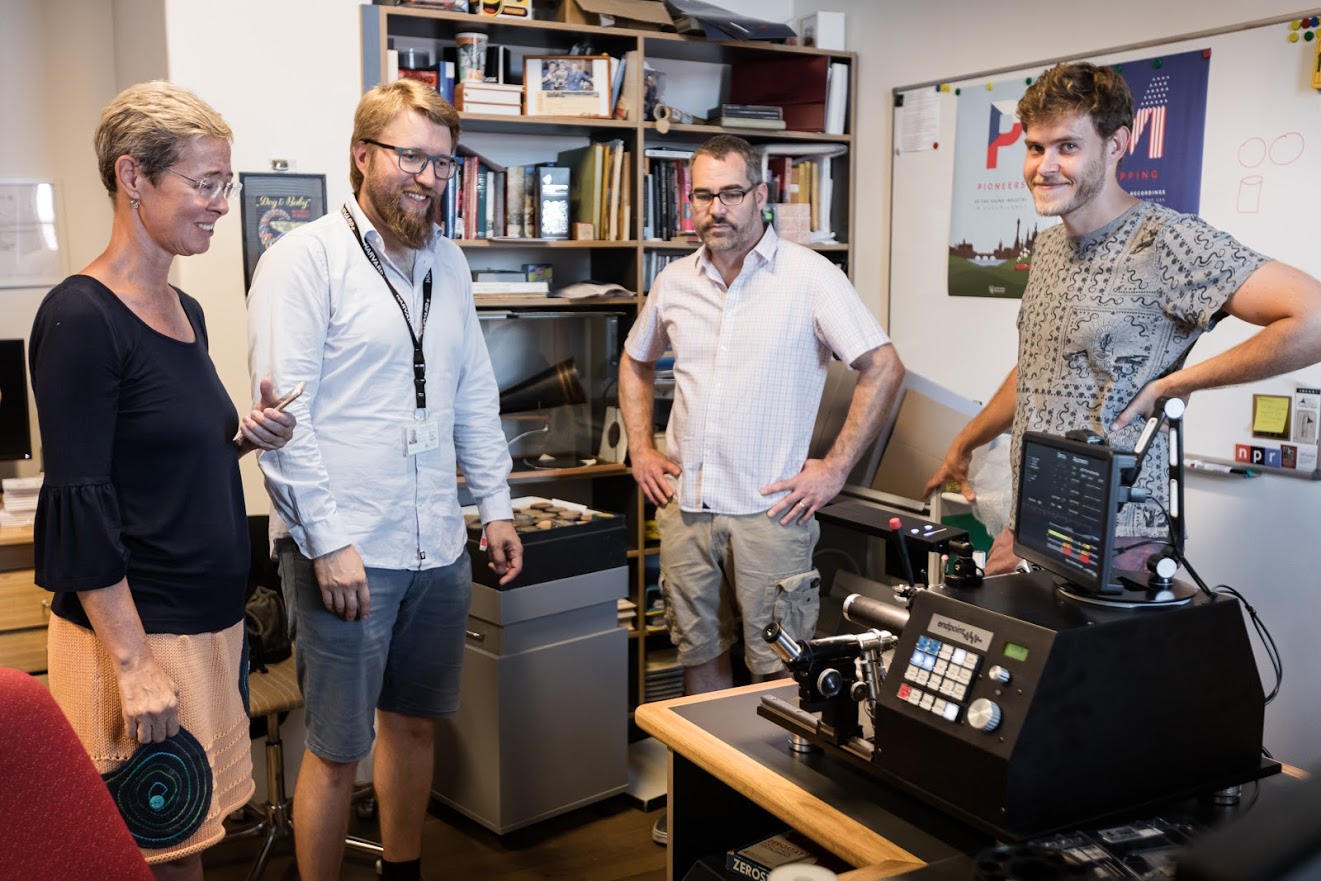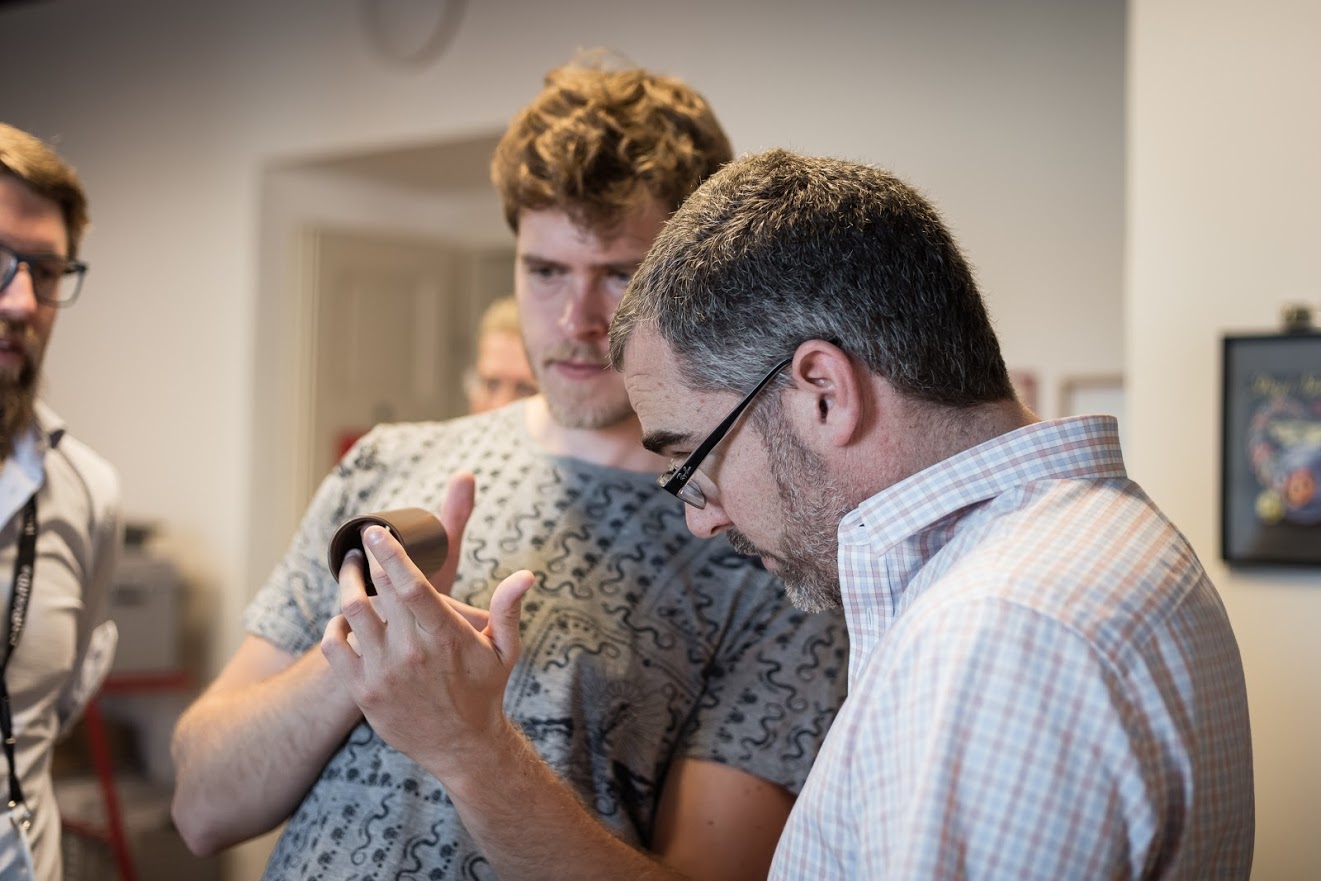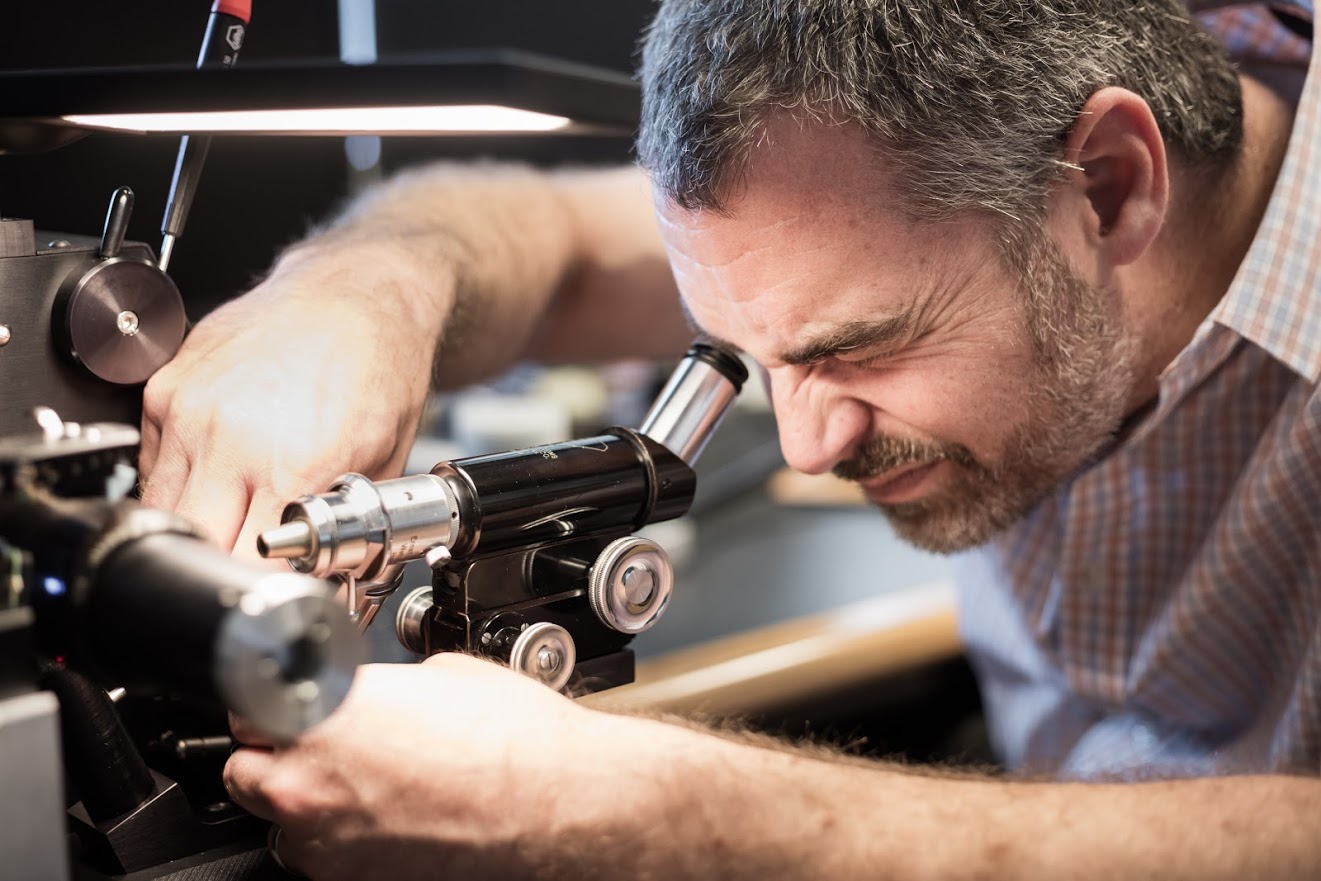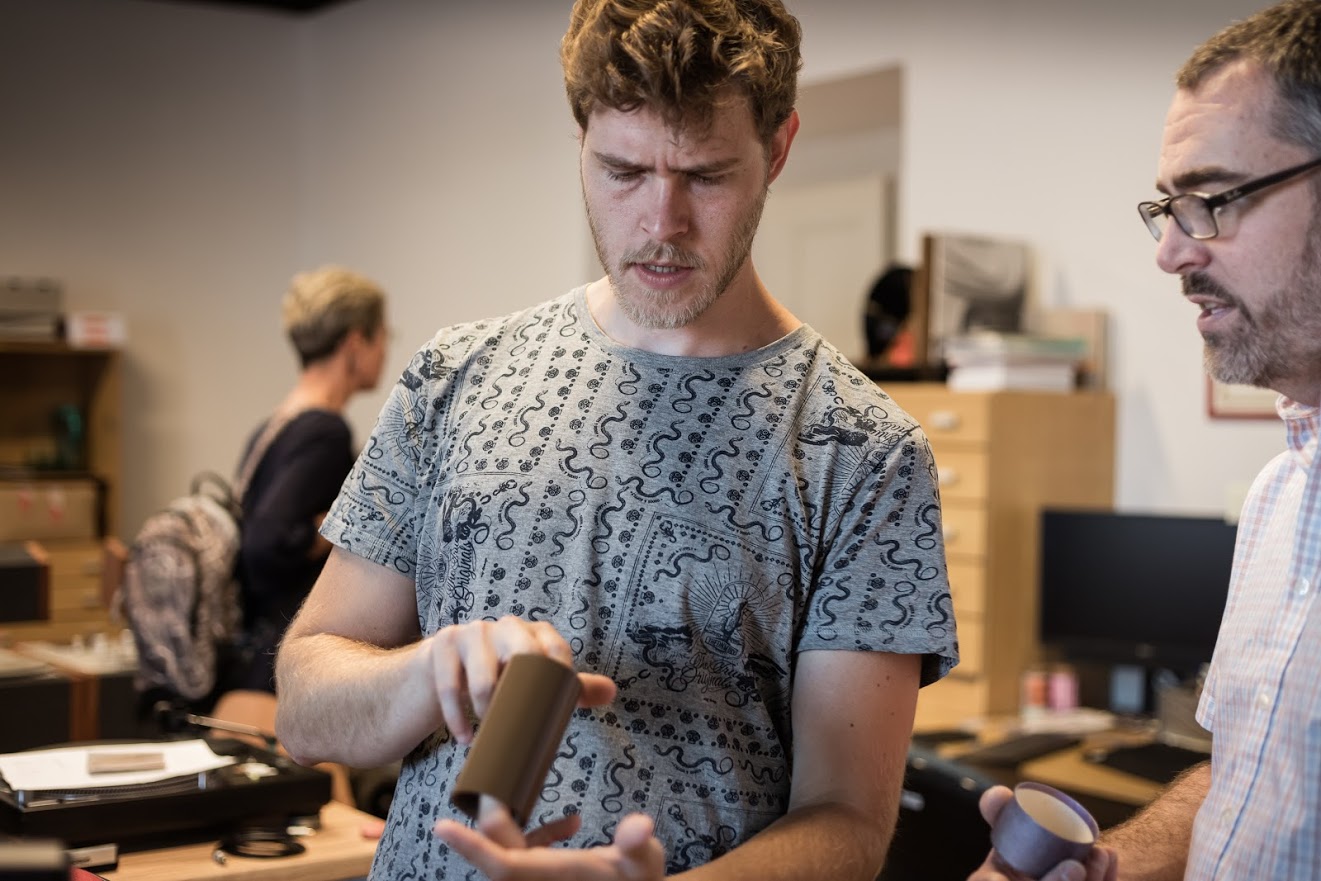A unique device helps save Edison’s phonograph cylinders at the National Museum of the Czech Republic
When Thomas Alva Edison patented a sound recording and reproduction device – the so-called Edison phonograph – in 1878, he probably didn’t expect to give rise to a whole new industry spanning the next few decades: the sound industry. Now, one hundred and forty years later, the National Museum has acquired a unique device from the US to once more play these historical audio media, the Endpoint Cylinder Player. The device is the first of its kind in Europe and only the fifth to exist in the world.
The Endpoint device was purchased as part of the “New Phonograph: Listening to the History of Sound” project, which focuses on the issues of long-term preservation, digitisation and access to audio cultural heritage in the Czech Republic. The project was launched in 2018 under the auspices of the National Museum on the basis of the Program for Support of Applied Research and Experimental Development of National and Cultural Identity for the years 2016 to 2022 (NAKI II), supported by the Ministry of Culture of the Czech Republic. One of the main goals of the project, which goes hand-in-hand with the mission of the National Museum, is to save the oldest Czech recordings, including phonograph cylinders, and make them available to the general public.
In cooperation with Nick Bergh, founder of the American company Endpoint Audio Labs, the device was successfully transported to the Czech Republic at the end of July and installed in the sound studio of the National Museum. Endpoint, with its imported “miracle of technology” engineered in California, has been involved in the conservation of audiovisual cultural heritage for a long time in the United States and has gained a worldwide reputation in the field since its inception in 2003.
Filip Šír, manager of the New Phonograph project, commented on the exceptional achievement:
“The device is unique in two ways. First, it can play phonograph cylinders of any size using contactless technology. In other words, playback is performed using optical technology, without any contact between the stylus and the carrier, as was the case in the past. It is also the only machine of its kind in Europe, with three others in use in public institutions in the US and one privately owned by an American collector. So, we’ve named it “Number Five”. Interestingly, in America, these devices have not yet been capable of contactless playback, so the National Museum’s machine is the first to have this ability.”
The device is now being tested and will be ready to digitise phonograph cylinders from the National Museum’s collections in the Czech Museum of Music. You will be able to see for yourself how the Endpoint works in practice, along with a broader presentation of the New Phonograph project, during the Open Day of the Ministry of Culture of the Czech Republic, which will take place on September 28th, 2019 in Nostického paláce in Malá Strana. Keep an eye on the New Phonograph project through its social network pages, where you will be able to find all the latest information about “Number Five”.


